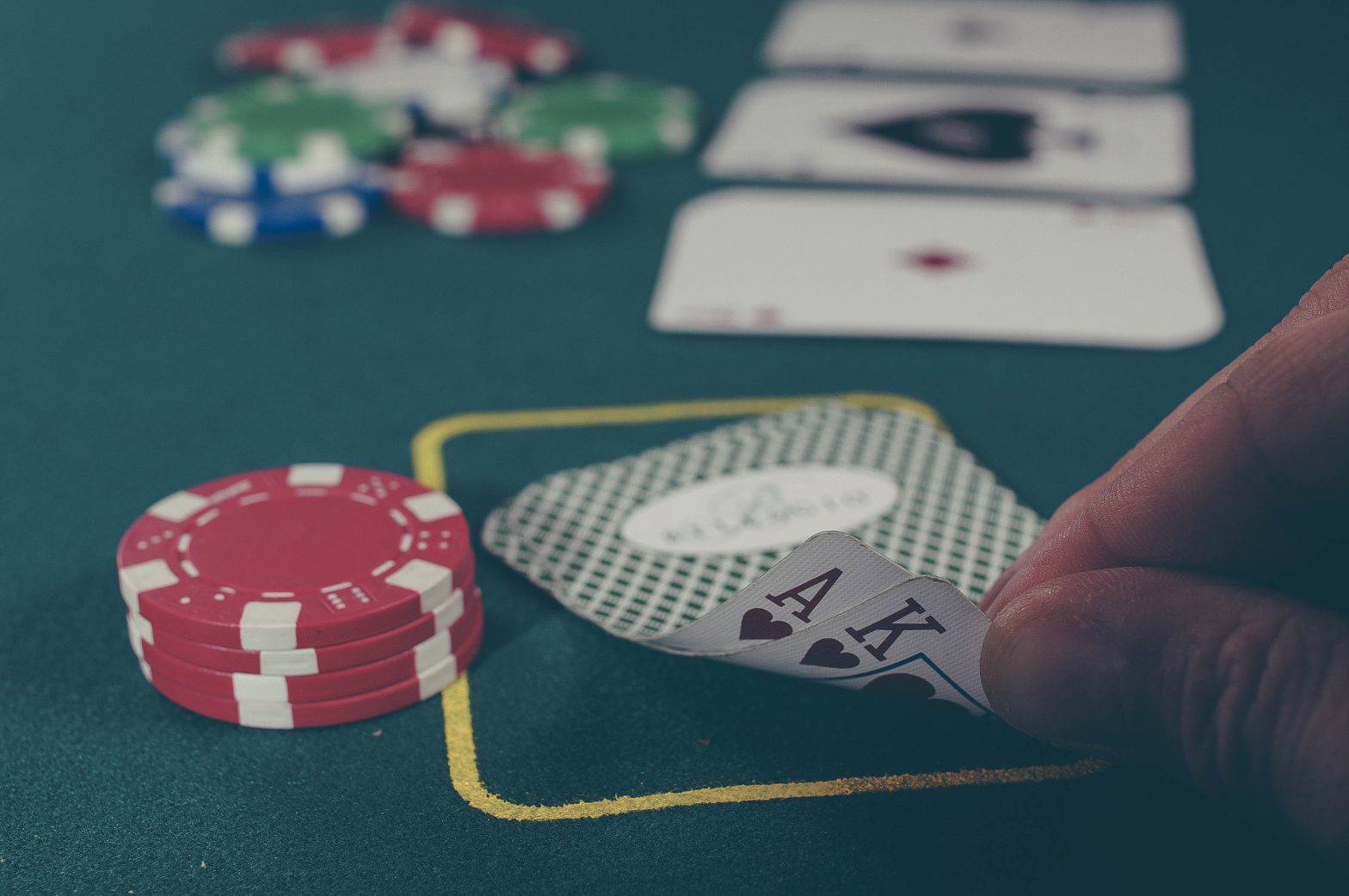You don’t see it often, but it does happen. While most poker players would say that they would never fold a pair of aces preflop, is that correct? Let’s take a look at a few different scenarios.
Aces in the cash game:
Well, in the cash game there is certainly no situation where you would fold aces preflop. Even if 3,4 or more players see the flop, you still have an advantage with aces. Against 4 players with any hands, the equity (winning frequency) of Aces is still almost 53 percent (against 1 player: 85%), and therefore a fold here is always wrong. But you have to keep in mind that playing Aces (or KK, QQ, JJ) against 3 or 4 opponents is not an ideal scenario. You should always try to reduce the number of opponents with these hands by aggressively re-raising or even going all-in.
Aces in the tournament:
Here the situation is different. Why? Well, in cash games, every euro you win is worth exactly one euro, whereas in tournaments, the value of the chips you might win depends heavily on the situation. If you already have a big stack of, say, 90 big blinds, then winning another 10 big blinds won’t affect your chances of winning more. Mathematically, the value of additional chips decreases the more you have of them.
Also, there are situations where you simply have to value survival in the tournament more than gaining chips. This is especially true in situations in the bubble phase and when you are already in the money, and surviving while other players are eliminated means securing significantly higher prize money.
Here are some typical scenarios where folding aces can make sense:
Scenario 1:

You’re in a $100 buy-in tournament with 500 entrants. There are 52 players left in the tournament, and there is $250 for 50th place. You are on the big blind and have 20 big blinds. Player UTG goes all-in with 15 BB, two players in front of you (both with about 25BB) call.
The situation now is that you have the best hand preflop, but because of the opposing stacks there is no chance to get one of the players to fold. This means you are playing against three opponents postflop, and most likely the hand will be played for all your chips. At the same time, there is a strong possibility that the bubble will burst and you will be in the money if you fold after this hand.
Here you have to weigh whether you want to risk your tournament life in a hand that is not ideal for AA due to the many players on the flop. Of course, winning at least 45 BB would be wonderful. It just depends on whether your goal is to win the tournament, or if you would be satisfied with a min-cash (with the prospect of moving up after the bubble).
Scenario 2:
As above, but this time you are in a tournament with a buy-in of $3000, you earned your ticket by playing a $50 satellite tournament. Getting into the money means winning $5000. Your total bankroll before the satellite was $500.
Getting into the money means that you can increase your bankroll tenfold – perhaps a decisive step forward in your planning. Do you really want to risk all that in one hand?
Scenario 3:
You’re in a $1500 buyin tournament at the final table with 6 players left. You have a stack of 30 BB in the big blind, 6th place pays $9000, 5th $14,000, 4th $19,000. The UTG player (5 BB) goes all-in, UTG+1 with 6 BB folds, the player on the cutout with 50 BB raises to 15 BB, everyone else folds.
Here you have to ask yourself the following question: UTG probably goes all-in with a wide range of hands, the big stack probably has a strong hand. There is a big chance that the first short stack will be eliminated. The second short stack comes into the blinds a short time later and could also be eliminated.
By folding, you can move up from $9,000 to $19,000 with a high probability. So a fold would clearly make sense here, especially since your stack is still absolutely playable with 30 BB (the big stack has 56.5 BB if it wins the current hand). You still have an excellent chance to win the tournament with a fold, but an elimination would cost you $10,000.
Scenario 4:

As above, but you only have 15 big blinds. The size of your stack makes all the difference here. If you win the hand, your stack increases from 15 to 35.5 BB – this is a significant improvement over 15 BB. With 15 BB, you will soon be in a situation where you have to gamble (at the latest with the next increase in the blinds); with 35.5 BB, you will be playing for the first places again. In this scenario, it would be a blatant mistake to fold aces.
I hope these examples make it clear in a simple way that the value of winning chips is not always the same – it depends on the situation and the consequences of losing!


